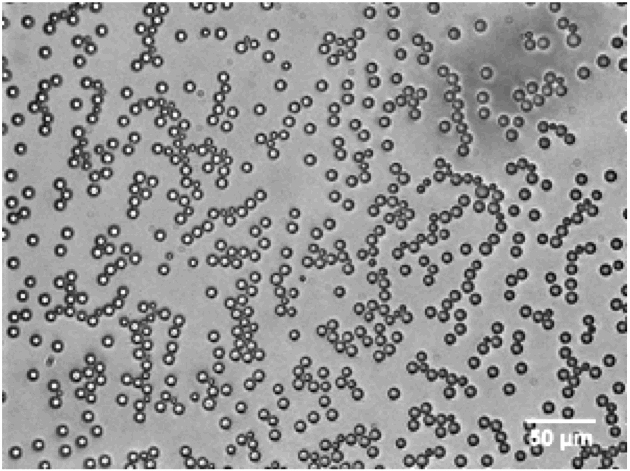Lipid-Coated Microbubbles for Nonlinear Imaging

This research project focuses on monodisperse ultrasound contrast agents (UCA), including its acoustic properties (scattering cross section, resonance frequency, nonlinear oscillation, etc.) and applications in imaging. At present, most UCA microbubbles have a wide size distribution (1-10 µm in diameter), which limits their applications in medical diagnosis and therapy.
By using microfluidic technique, size-controllable populations of UCA microbubbles have been produced. bubble_mpg The relationship between microbubble size and acoustic properties (i.e. attenuation and scatter characteristics) can be investigated experimentally with greater accuracy by using monodisperse rather than polydisperse populatons. For example, we have measured attenuation spectra with narrow bandwidths that vary with the mean size of the monodispersion (Figure 1). The peak in the attenuation spectrum represents the resonance frequency of the population; thus, we can identify the resonance frequency as a function of microbubble diameter. The use of monodisperse lipid-coated microbubbles has allowed us to examine the relationship of the resonance frequency with mean diameter and incident pressure. Recently, we measured a downshift in the resonance frequency as the incident pressure was increased. This suggests that the shell softens as the amplitude of microbubble oscillation increases. We are currently investigating the impact of the lipid shell composition on this behavior as well as the onset of subharmonic emissions, which could be used for subharmonic imaging with exceptional contrast.